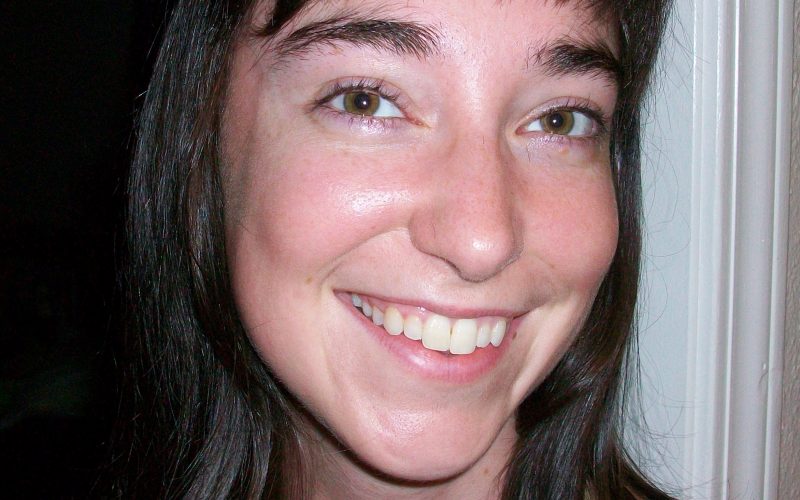At least 450 species of animals, including dolphins, bonobos, penguins, giraffes, koalas, flamingos, bison, guppies, albatross, bighorn sheep, ostriches, guppies, and yes – butterflies too – have been observed creating same-sex pairings in the wild. Although the common belief is that homosexuality is unnatural, in certain contexts it is an adaptive trait that aids in survival for a species in a given location, often appearing to help groups raise more children or keep the peace in animal societies.
Female albatross at the Kaena Point Natural Area Reserve on Oahu, Hawaii, can stay committed to their same-sex mate for at least 19 years, with both partners reproducing and raising a single young each year. Researchers discovered that about a third (31 percent) of the 125 nests of the Laysan albatross (Phoebastria immutabilis) are pairs of unrelated females. Their courtship and possessive behavior reflects that of male-female pairs, which includes intimate grooming only done between mates.
In the reserve, there has been a surplus of females and a shortage of males. In order to maintain their population and hatch at least some chicks annually, same-sex pairs of females emerged adaptively. However, for a female in a same-sex pair, reproduction is less successful because each partner takes turns laying eggs that eventually hatch (some nests have two eggs, one from each female, but only one survives).
National Geographic’s Carl Zimmer quotes researcher Lindsay Young, a biologist who has been conducting a study on Laysan albatrosses for a decade: “Lesbian is a human term. The study is about albatross. The study is not about humans,” she was quoted. In any study of non-human species, we must be careful about anthropomorphizing human intentions and experiences onto non-human individuals (which Young herself has done in describing “cheating” among albatross). And that caution goes both ways: we must be careful not to state that the only reason a non-human animal forms a mated pair is so that both parties can reproduce (there are other benefits, such as companionship, community cooperation, and so on). Same-sex albatross couples, for instance, were not even sexed in studies before because human researchers assumed any mated pair was exclusively male-female.
New York Times writer Jon Mooallem writes that “For more than a century, this kind of observation was usually tacked onto scientific papers as a curiosity, if it was reported at all, and not pursued as a legitimate research subject. In recent years though, more biologists have been looking objectively at same-sex sexuality in animals — approaching it as real science.”
Heterosexual bias has been a blockade to researchers trying to understand animal behavior. Young was even criticized for being gay (she’s not, and her husband helped with the albatross research) and doing “bad science” to promote the gay agenda. But behavioral facts are still facts, regardless of how we interpret them as humans. The question still remains: how do same-sex couples benefit a species, if at all? The answers seem to be differently adaptive or the byproduct of an adaptation in certain species. Until we can ask the animals themselves, we may never fully know what they’re feeling.
Amanda Bancroft is a Master Naturalist and volunteers with her husband Ryan for their solar-powered online educational center on how to make a difference with everyday choices at: www.RipplesBlog.org.











